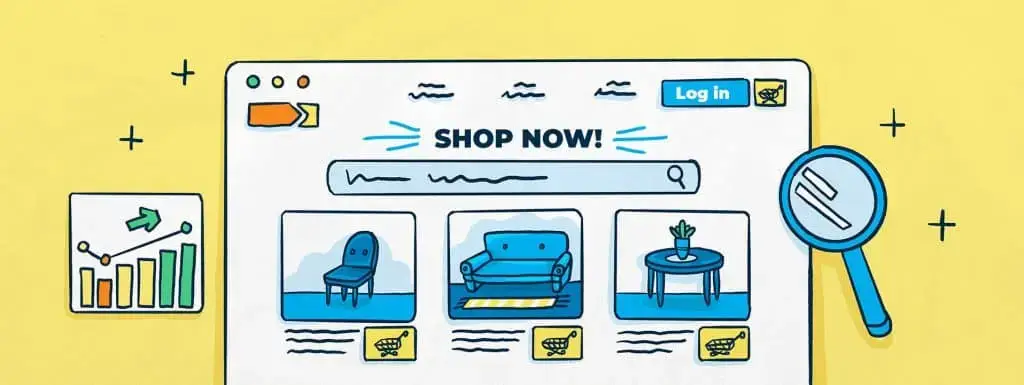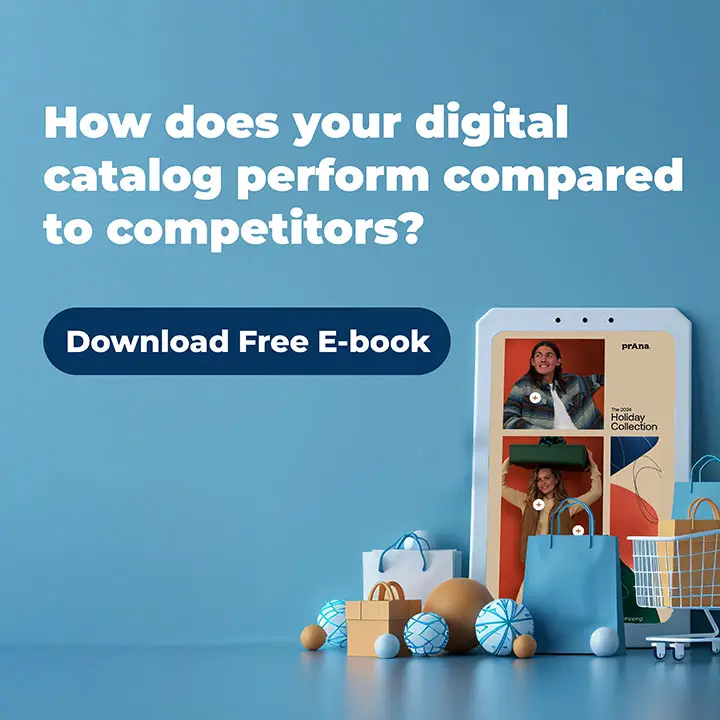The internet has literally and figuratively opened up the globe for the savvy and ambitious online business owner. This means the only limit to your market reach lies in the scope of your imagination.
However, it’s not enough to simply imagine a vast and far-reaching market — you must also be proactive in your efforts to serve your target audience. To do this effectively, you must understand their needs, wants, and expectations.
Such an effort should not be confined to offering an exceptional product and stellar customer service (though they certainly matter). To maximize your market reach and optimize your customer relationships, you must also ensure that your web presence and content are highly accessible to a diverse clientele.
This article examines the importance of web accessibility in e-commerce and provides strategies you can use today to perform an efficient, effective, and comprehensive accessibility audit across your digital platforms.
The History of Web Accessibility
Web accessibility, along with other accessibility efforts, is codified by the Americans with Disabilities Act (ADA). Back in 1990, when the law was originally passed, those with disabilities advocated for their rights for accommodations that businesses, organizations, and other individuals must adhere to.
These accommodations were originally meant to target physical spaces, but with the development of the internet along with digital shopping avenues, these accessibility accommodations should be applied to digital spaces as well.
Failure to meet state, federal, and accessibility standards and statutes, particularly those codified by the Americans with Disabilities Act (ADA) and the European Union’s (EU) Web Accessibility Directive, can result in sometimes severe penalties, from steep fines to compulsory shutdown.
What Is Web Accessibility and Why Does It Matter?
Web accessibility is one of many important e-commerce terms. It refers to the ability of users with disabilities to access, control, consume, and experience online content in a manner equivalent to that of users without disabilities. Essentially, making your website more accessible means that anyone — regardless of whether they have a disability or what kind of disability they have — can engage with your business online. Accessibility ensures the audience’s user experience (UX) is never compromised, regardless of the user’s particular needs or abilities.
Although businesses are required to follow web accessibility standards, making your website exceptionally accessible has plenty of additional benefits.
- Open yourself to an expanded audience — Failure to make your platforms accessible means you may be excluding large and potentially lucrative market segments. Roughly 61 million U.S. adults have a disability of some kind. If even a quarter of those individuals are excluded from your platform because it’s inaccessible to them, you’ve automatically lost 15 million potential customers.
- A better understanding of your current audience — Every astute business leader knows that what your customers want is to be heard, understood, respected, and cared for. When prospective or existing customers feel that you’re not willing to go that extra mile to provide an exceptional experience for everyone, regardless of ability, your brand reputation will inevitably suffer. On the flip side, current customers that see you’re putting extra initiatives in place to make accessibility a priority will be more incentivized to support you.
- Increase click-through and conversion rates — You would be surprised by the number of people who may turn away from your e-commerce site when they realize they can’t access it. By making accessible changes, people who may have clicked away before will surely stay on for longer — thus increasing the chance that they’ll go through with a purchase and helping your conversion rates as well.
Ultimately, accessibility is one part of customer relationship management in e-commerce, but it’s a key one. If your customers can’t access your site or feel you don’t care about them, you won’t have any customer relationships to manage.
Performing An Accessibility Audit
As critical as accessibility is to your organization’s long-term success, auditing and optimizing your platforms for accessibility can feel incredibly challenging. There are individuals with diverse needs in the world. Even the most committed business leaders can quickly become overwhelmed by all the work they need to do to improve their site.
The key point to remember is to take things slowly, one step at a time. No one can anticipate or address every user requirement, nor can you expect to make grand, sweeping changes to your content and site all at once.
You can start making changes through a strategic thought process when conducting an audit evaluating how your site caters to those with sensory and mobility impairments alike.
Accessibility for Users With Sensory Impairments
When you’re assessing and optimizing the accessibility of your site, one of the first considerations you must make is how (or even if) your content can be used by those with sensory impairments.
Here are some fundamental changes you can make to accommodate those with sensory impairments:
- Closed captioning — From social media ads to product videos, you should always provide transcriptions of your content for those who are hard of hearing or deaf.
- Optimizing your site for screen readers — Providing alt text markup for all photos, images, and graphics is a great start. You should always consider how screen readers process your web page for the visually impaired.
- Consider your site’s colors — When auditing for sensory issues, you should consider other forms of sensory impairment, such as end-users with color blindness. If you rely too much on color to deliver important content, you may cause frustration or exclude substantial segments of your target audience.
By noting fine details, such as coloration, you’re providing an exceptional experience for all your customers, even those with often overlooked or discounted needs. Perhaps there is no better way to capture more accounts, increase conversions, or ensure loyalty for your e-commerce shop than to take accessibility into account.
Accessibility for Users With Mobility Impairments
Sensory impairments are far from the only challenges that may hinder your audience’s ability to access your content. Mobility challenges may make it difficult for prospective customers to navigate your site, click links, or access the shopping cart. By designing your interface with ease of use in mind, individuals with mobility-related disabilities are more likely to be able to explore and fully utilize your platform.
Here are some small details that may affect your customers’ ability to access your e-commerce site:
- Size of your text font;
- Number of ads that may interfere with the purchase experience;
- The shape of your online toggles;
- Color and placement of your webpages’ purchase buttons.
All of these factors can make or break the entire platform. For this reason, pursuing UX certifications may be worth the time and effort for you and your team. With more training, you’ll be better equipped to understand what your users need and expect and how your organization can give it to them.
The Takeaway
Running an e-commerce shop isn’t easy. The list of priorities you must navigate daily can seem endless. However, if you’re delaying auditing your platforms for accessibility until a more convenient time, don’t. Accessibility is a must for the survival and success of online businesses. Best of all, with a bit of planning and know-how, auditing and optimizing the accessibility of your platforms is likely to be easier than you think — and it’s an investment worth making both for your business and your customers.
Want to know more about accessibility within Publitas’s catalogs? Go checkout:
Bio:
Katie Brenneman is a passionate writer specializing in lifestyle, mental health, education, and fitness-related content. When she isn’t writing, you can find her with her nose buried in a book or hiking with her dog, Charlie. To connect with Katie, you can follow her on Twitter.


